Is this the collapse of the content era?!
Maybe. Just keep doing the marketing…differently.
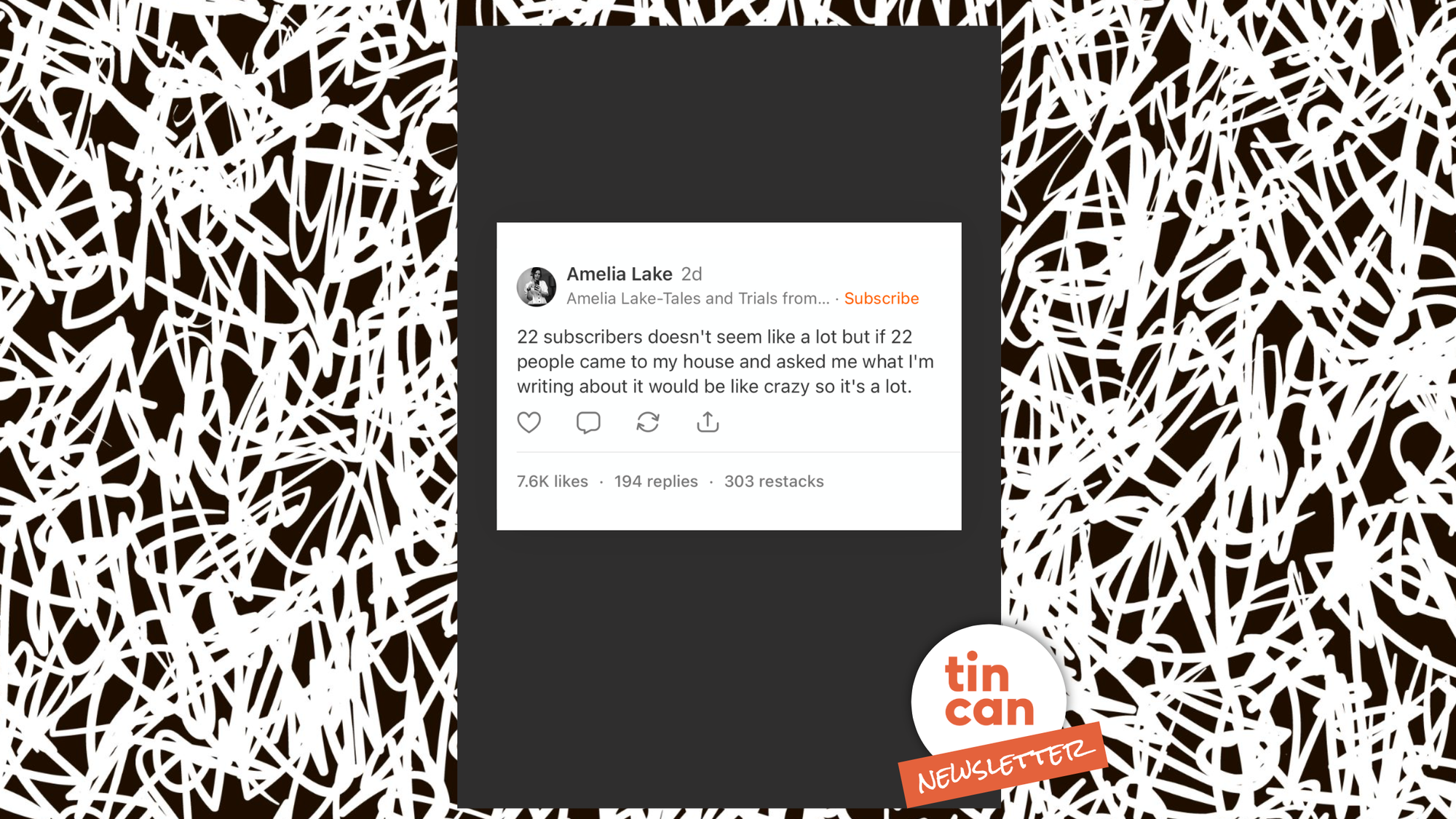
Welcome to Tincan, a newsletter about marketing, culture, and how small brands make a big impact. Subscribe here.

I had a conversation about zines this weekend. We bantered about whether they’re worthwhile. Will people read them? Will they buy them? It does feel a bit odd, in this day and age, to embrace printed material. But the consensus we reached in the moment was a resounding yes. People are into zines right now.
And while that might just be a niche vibe in my own little bubble, the fact that this conversation is happening at all feels like a signal. Dare I say: are we witnessing the collapse of the content era?? Or, at least, the start of its decline?
I googled “when is the content era,” and according to the AI smoothie, it loosely spans from the dawn of TikTok (and, by extension, Reels and Shorts) to the present. It’s distinct from earlier phases of social media that prioritized virality and raw (often misleading) engagement. This era has been more about substance—informing, entertaining, being helpful. (ish.)
From a surface-level perspective, content is a good thing! It made things deeper. It created space for nuance. We got closer to the people and ideas we follow. But it also created an onslaught of slippery advertisements and attention span deficits and misinformation and...
Regardless. If this phase is ending, what comes next?
Substack, annoyingly, is one answer to that question. It’s a bit of a unicorn on the internet—still weird, still mostly people with smart thoughts (...and too many em dashes). Not overrun with brands (yet). But I can already see the shift coming. It’s not hard to imagine brands starting Substack accounts—not to run full-on newsletters, necessarily, but just to write stuff. Leave notes. Drop stray thoughts. Which is kind of charming and calls to mind the early days of big brands tweeting quirky things. But still: can we not? If Substack gets brandwashed too, that’s one less public space that's weird. And we are perennially running out of those.
The root cause of all this is content fatigue. But the other elephant in the room is outrage: anti-capitalist sensibilities, deep resentment toward corporate greed, widespread rejection of rich people doing rich people things. (If I have to see one more article about The White Lotus…)
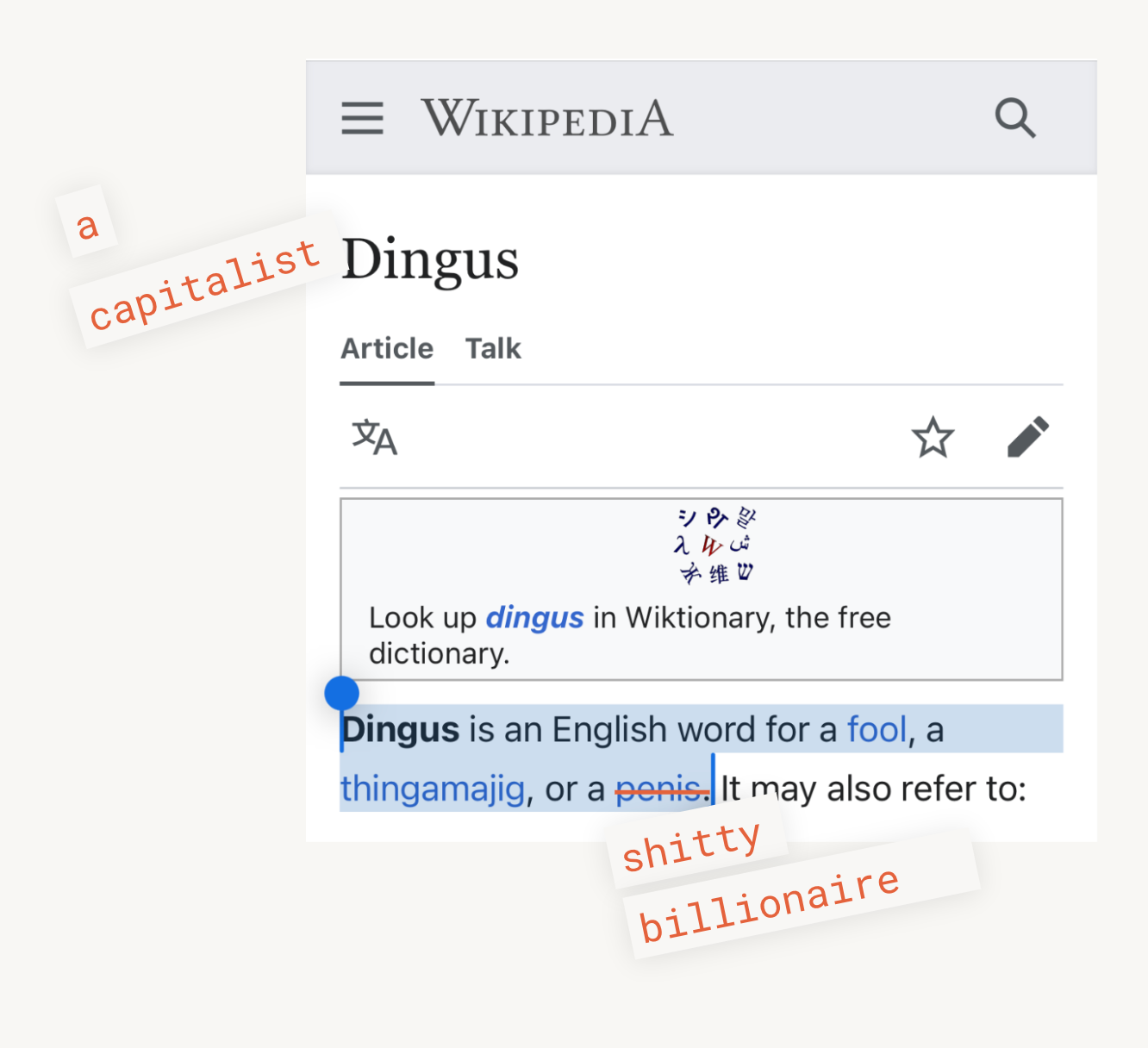
So what do you do if you’re a person (or a brand) trying to show up online without being a capitalist dingus? Well, turns out, the answer is that it doesn’t actually matter! If you don’t want to be everywhere, don’t be! The pressure to post across every platform? Fake. Whatever you're agonizing over today might not even exist a year from now. Maybe none of us will be on Instagram at all! (Unlikely. But a girl can dream.) As the jaded New Yorkers I used to idolize would say: the only constant is change.
So maybe the antidote is to go more alternative. More intentional. Zines. Posters. Business cards left in coffee shops. In-person events. Really good websites. Ephemera with no metrics. Passionate comments. Weird reposts. Whatever feels real.
Offline. Indirect. Weirder. Don’t be everywhere—be somewhere. Do the marketing, but different. Is this contradictory to what I said in the last few issues? Ugh, yeah. Sorry…
…but that’s where we’re at!!! throws hands up

Post-content content
Some examples that I loved:
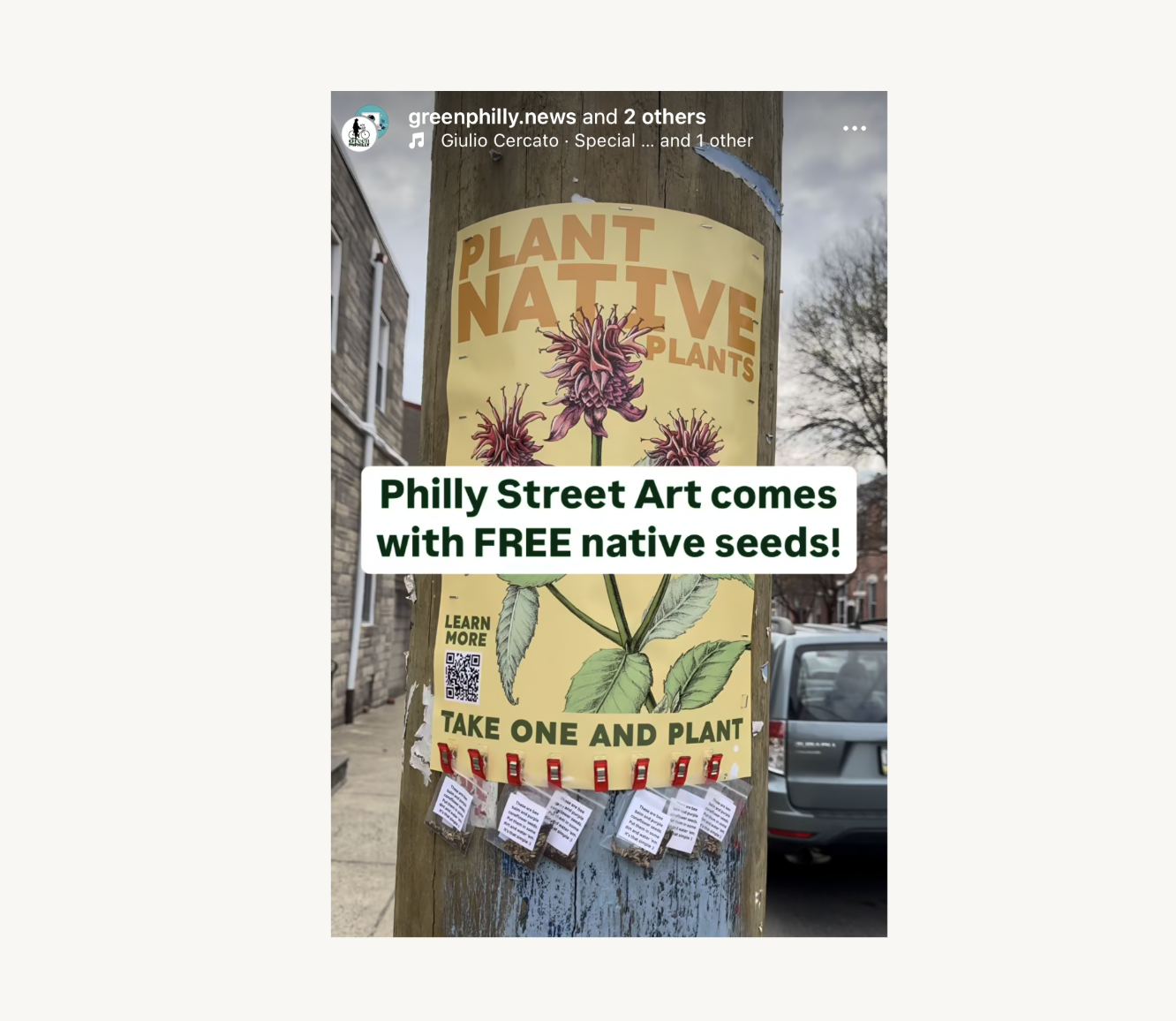
Meg Lemieur, a freelance artist living within the ancestral lands of the Lenape, taped up beautiful illustrated posters around town with native plant seeds attached for people to take.
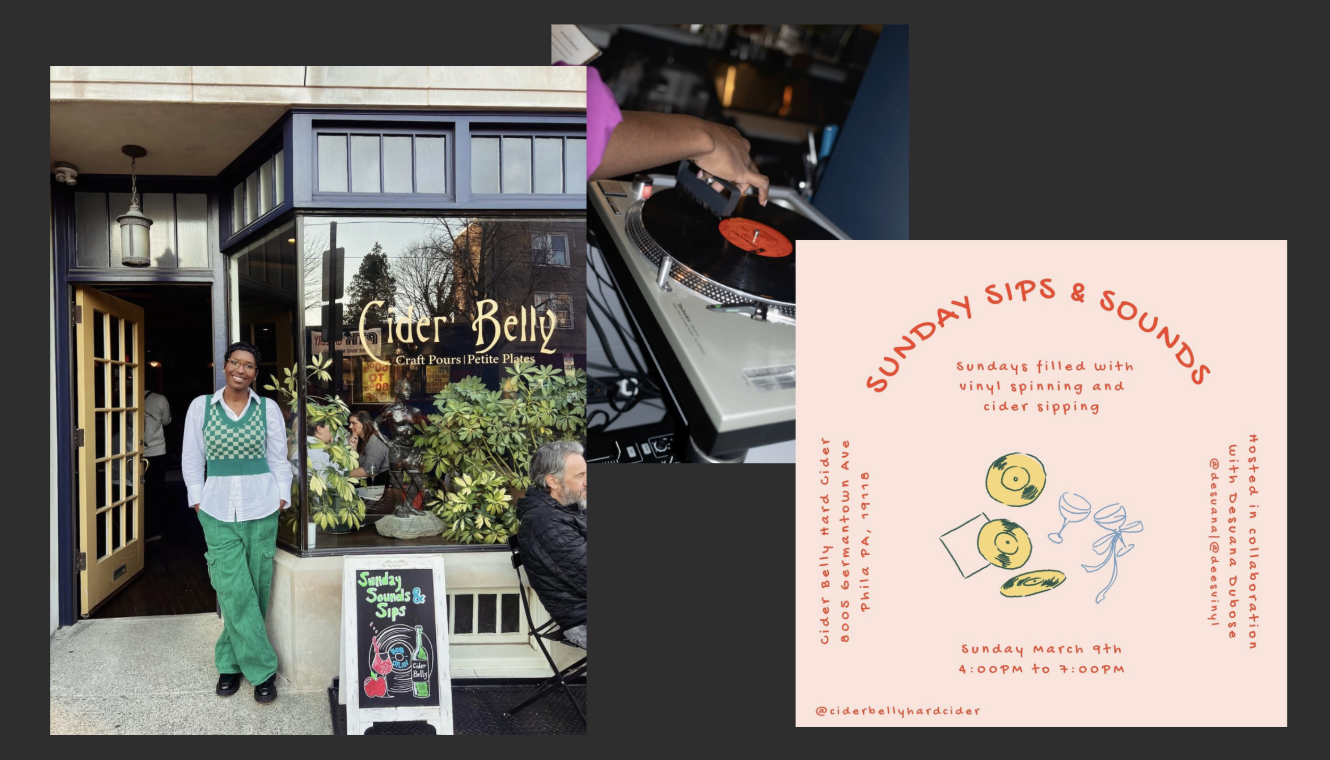
Over at Cider Belly, there’s a weekly vinyl night where @deesvinyl curates full-on musical journeys for the entire space. We’ve gotten so used to background music being controlled by the Spotify algorithm that hearing a real person spin tracks feels extra crispy and delicious. The photos they post from these nights are dreamy, too.
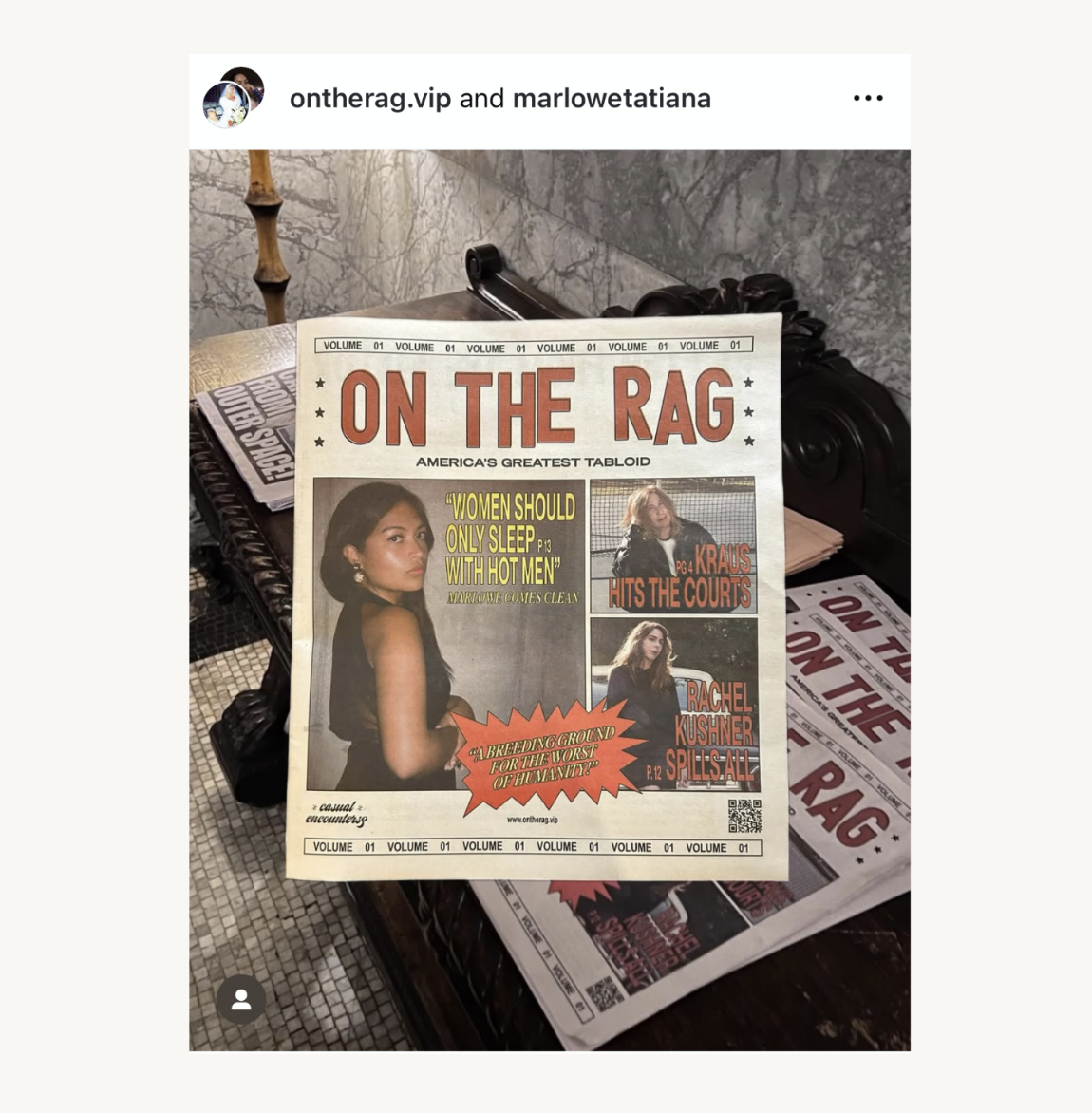
And there’s a new tabloid in town—like, an actual physical one: On The Rag features literary and art world luminaries, plus gossip, sexcapades, and sleaze. Their website is chaotic and potentially offensive, and their Instagram is no less overwhelming. The visual language is pure overstimulation. What is happening in this thing?! I have no idea!! I really like it!!

Last Scraps
- I’m starting a Reels series where I unpack great websites—what makes them good, why they work, and how—and I need some fodder. Do you have a site from a small-ish brand that you really like? Send it my way, please: annemarie@amlindemann.com Thanks!!
